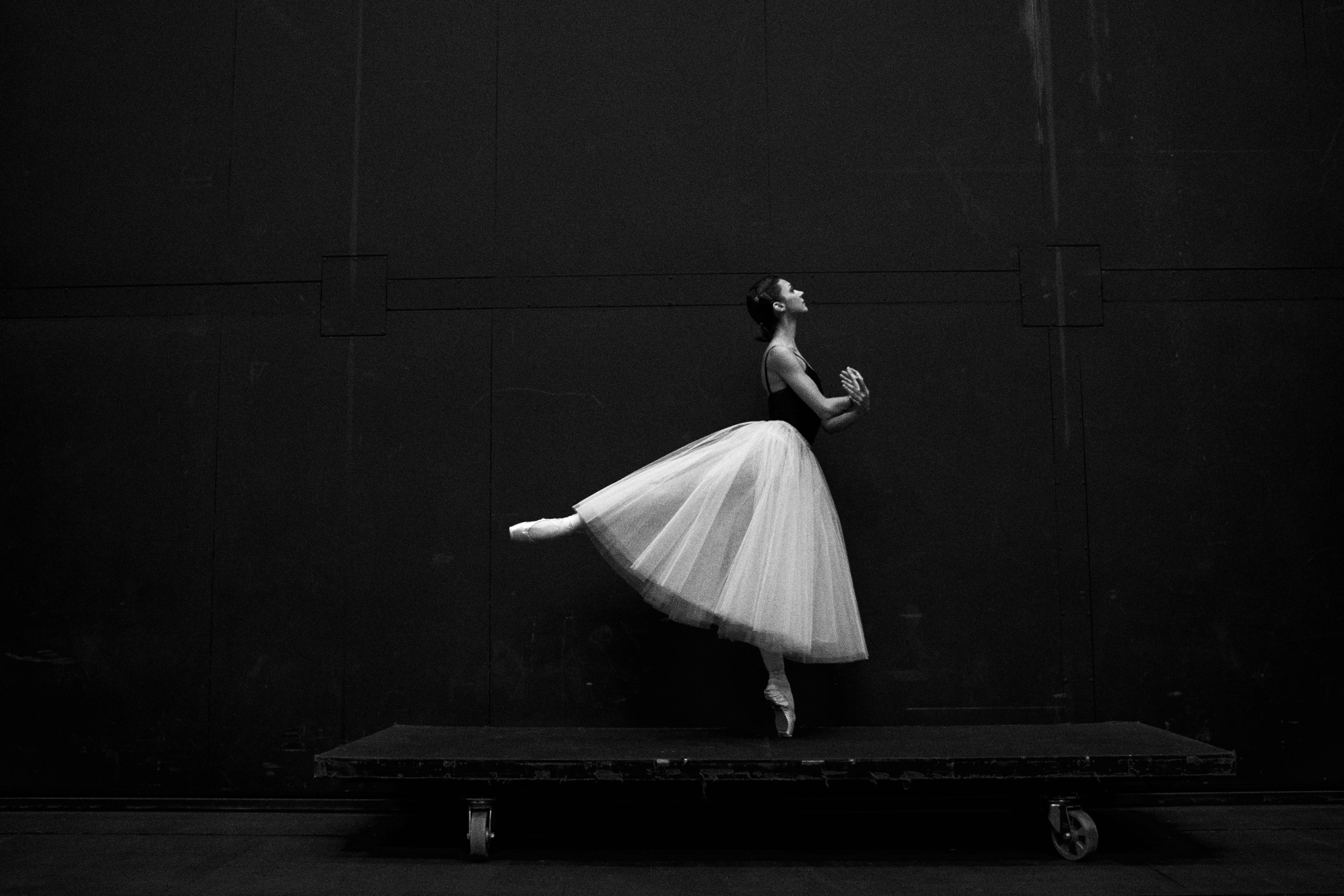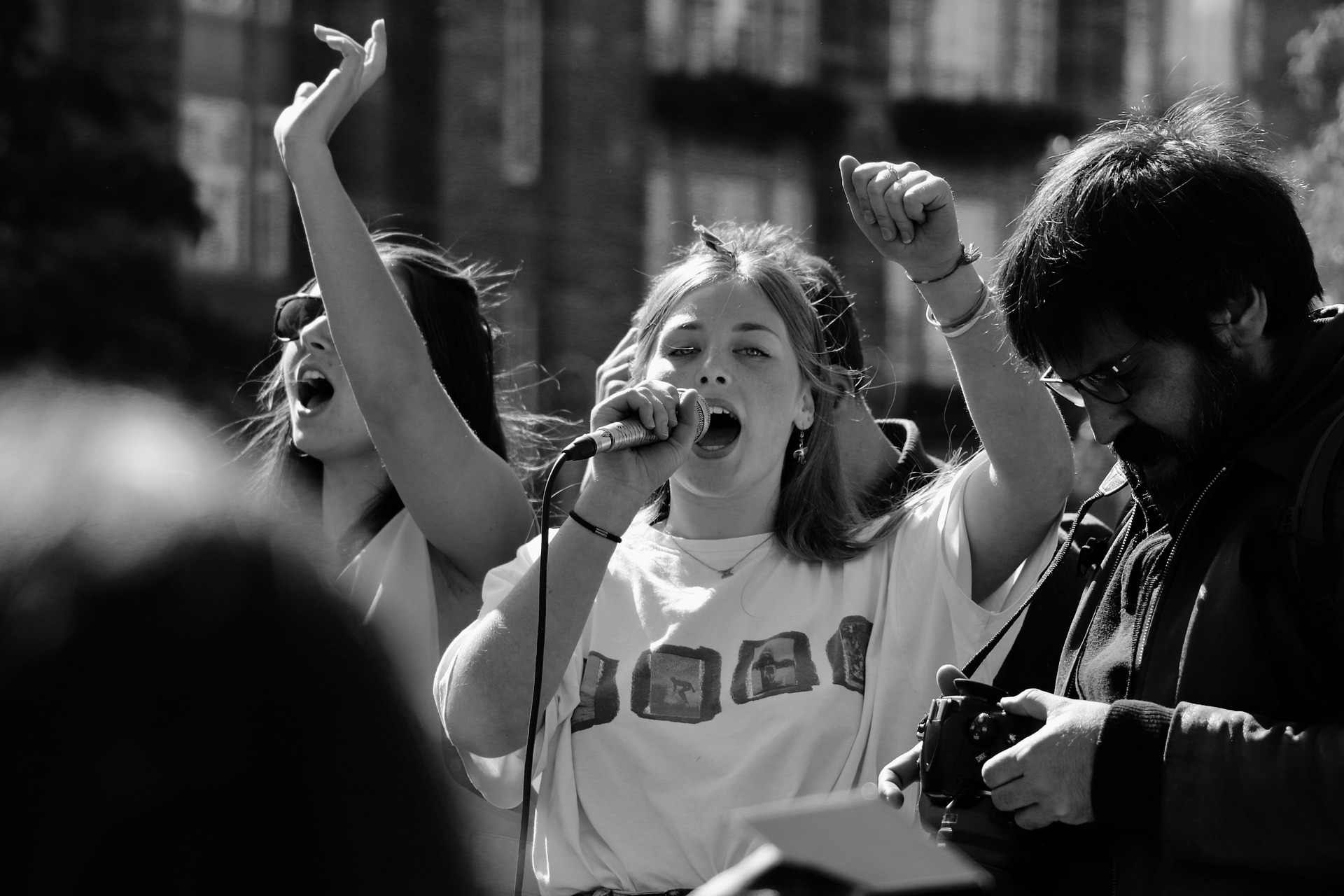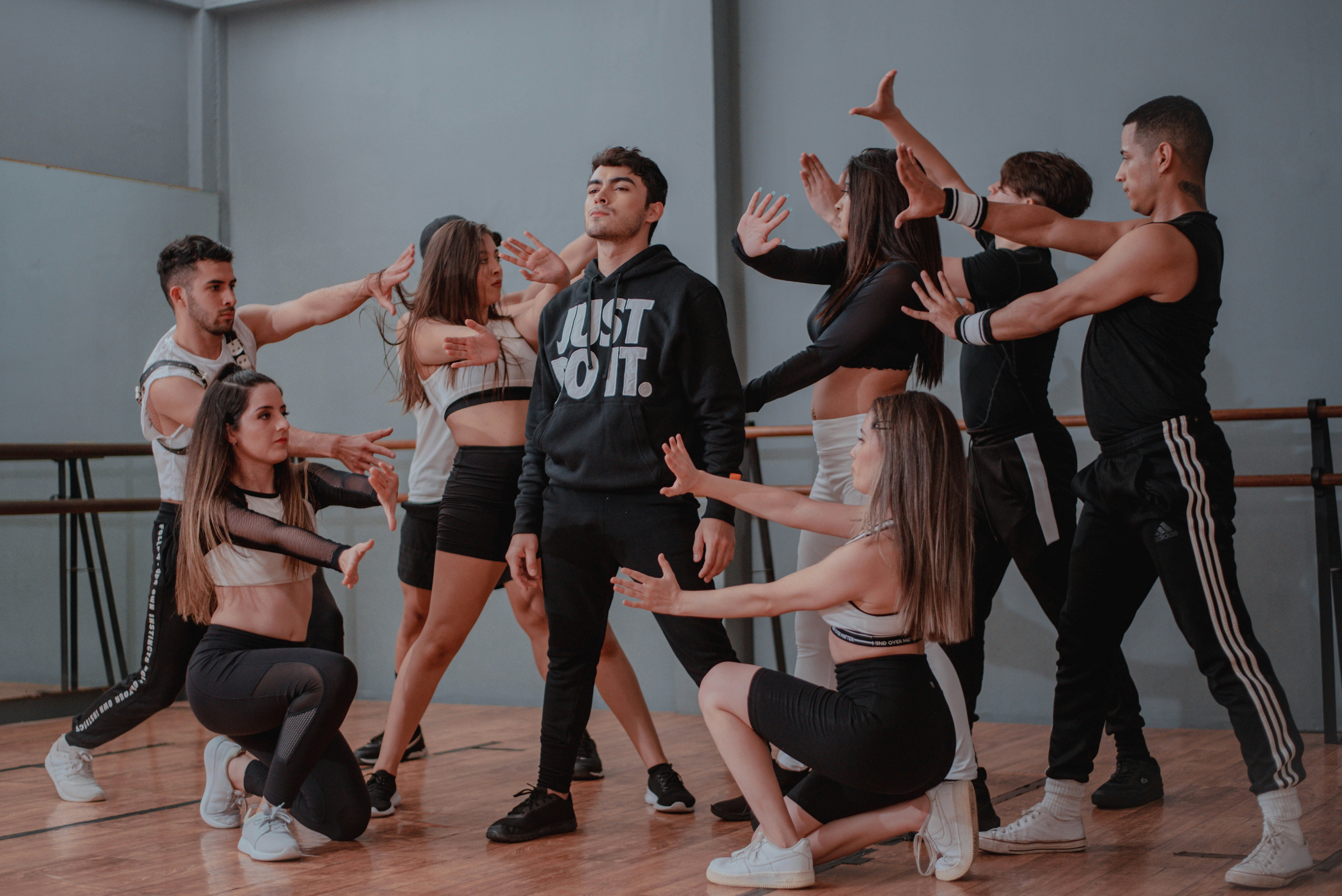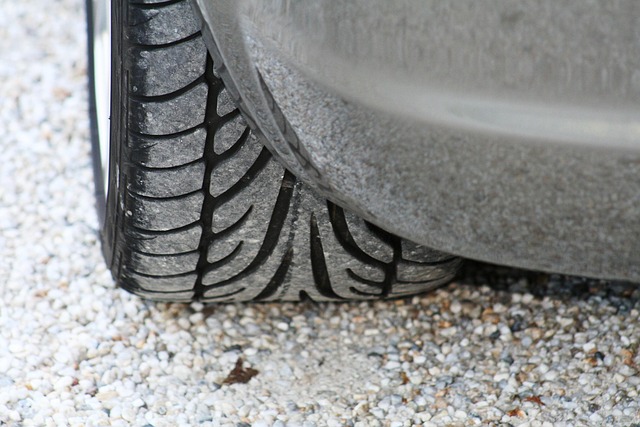Delving Into the Intertwining World of Dance and Technology
Glide into the innovative realm where contemporary dance and cutting-edge technology converge. This intriguing blend creates a novel entertainment landscape, transforming both dance and tech sectors.

An Unlikely Pair: Dance and Technology
Dance, in its essence, is an age-old art form steeped in tradition and human expression. Technology, on the other hand, is often associated with the future, innovation, and the digital age. However, when these two seemingly disparate worlds intersect, an unexpected and enchanting synergy occurs. This fusion has been brewing for quite some time, with choreographers increasingly seeking innovative ways to incorporate technology into their performances, creating an entirely new genre of performance art.
The Genesis: The Dance and Technology Movement
The birth of the dance and technology movement dates back to the late 20th century when artists and tech enthusiasts began experimenting with the incorporation of digital elements in dance performances. Early adopters such as Merce Cunningham and Bill T. Jones used technology to enhance their choreography and create immersive experiences that pushed the boundaries of traditional dance.
Modern Manifestations: Ubiquitous Tech in Dance
Fast forward to today, the utilization of technology in dance has become commonplace. From holographic ballet performances to interactive dance apps that allow audience participation, technology has revolutionized the way we experience dance. Dance companies are leveraging augmented reality, virtual reality, and AI to create immersive, multi-sensory experiences that transport audiences into fantastical realms. Recent high-profile productions, such as the holographic performance in the Royal Ballet’s ‘The Dante Project’, underscore the growing trend of tech-infused dance performances.
Impact and Reception: A Dance Of Two Worlds
The fusion of dance and technology has been met with both applause and criticism. Proponents laud the innovation, citing that it brings a new dimension to the performance, making it more engaging and immersive. Critics, however, argue that the over-reliance on technology can distract from the raw emotion and physicality that dance inherently possesses. Yet, despite the mixed reviews, it’s undeniable that this hybrid art form is redefining the boundaries of dance and reshaping the future of performance art.
The Dance Continues: The Future Of Dance And Technology
As we step into the future, the dance and technology movement shows no signs of slowing down. As technology continues to evolve at an unprecedented pace, so too will the nature of its application within the realm of dance. From the use of drones in choreography to AI-generated dance sequences, the possibilities are endless. The question is not whether technology will continue to infiltrate the world of dance, but rather, how it will transform this ancient art form in the years to come.
The dance and technology movement underscores the limitless potential of creativity when traditional art forms embrace innovation. As we continue to push the boundaries of what’s possible, we can expect to see more exciting and ground-breaking performances that blend movement and machine in captivating ways.




